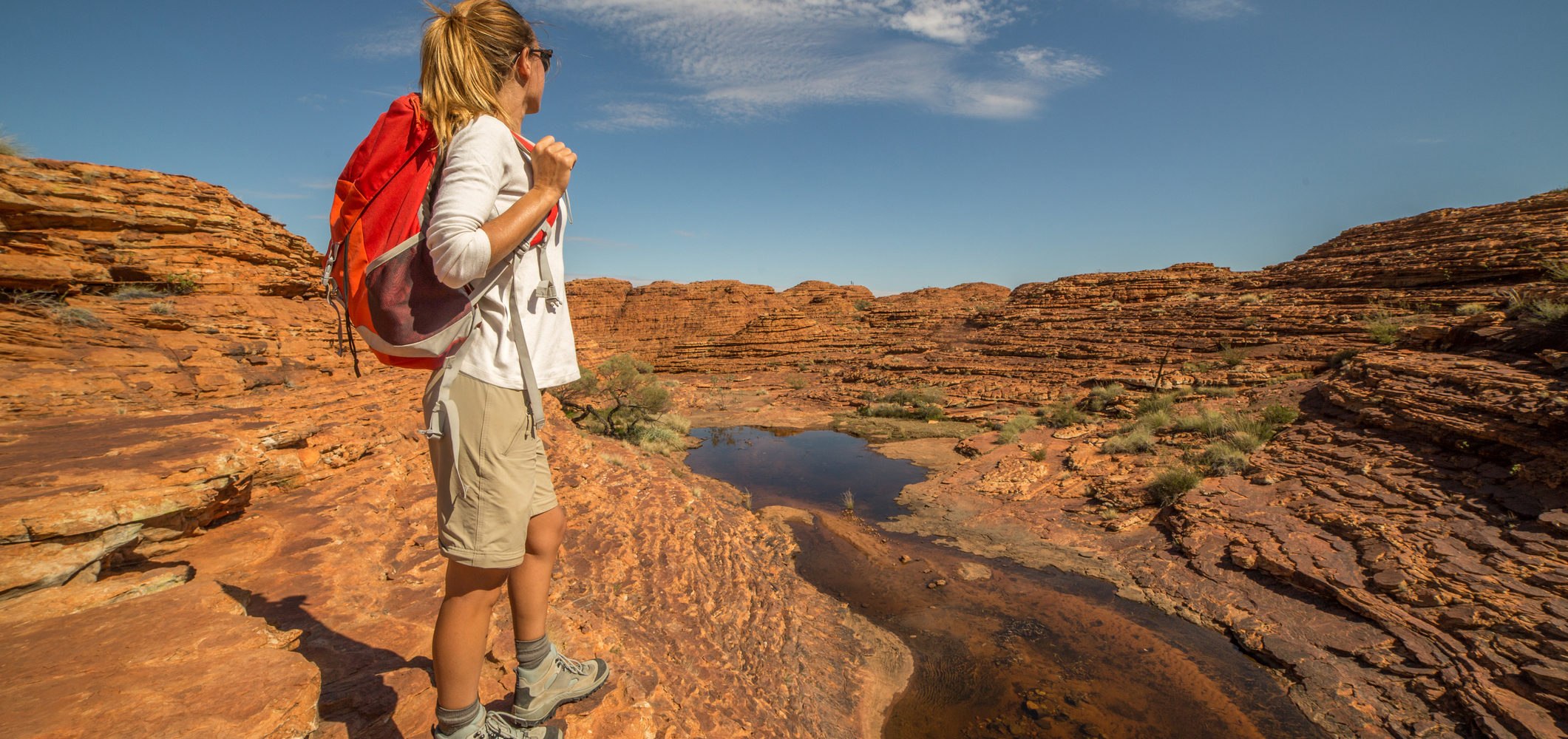Taking a gap year in the UK and Europe
Travel Insurance for Students (UK) Just like any classroom, the world can teach us things about ourselves ...
KEEP READING
The grass tends to be a bit greener on the other side but take a closer look on your side of the fence and you’ll be amazed at what you discover. Travellers come from all over the world to explore our national parks, parks that for us are just a drive or short flight away. Why travel overseas when you can marvel at the wonders of the world right here at home?
Not every rainforest gets Sir David Attenborough’s stamp of approval, but there’s a reason he called Daintree “the most extraordinary place on Earth” – it’s extraordinary! As the world’s oldest rainforest by some 10 million years, this lush and ancient land is worth exploring on foot. A good place to start is the Daintree Discovery Centre for its aerial walkways, boardwalks and canopy tower but do decide what kind of weather you want to encounter before you go. The wet season, from December to April, brings rain and humidity (along with wondrous waterfalls), while the cooler dry season from May to September) is better for long hikes. If you’re hiring a car from Cairns (a fine idea), you’ll take a car ferry across the Daintree River to Cape Tribulation – all part of the adventure!
The red-desert landscape around Uluru is like nowhere else on the planet, and its significance to Australia’s indigenous people, past and present, is one of the reasons visiting here is such a special experience. Climbing Ayers Rock is a no-no, but walking around the base of this giant rock formation rising out of the earth is just as rewarding – rock art, caves and waterfalls await. The area’s spiritual side will come to life on an Aboriginal-guided walk, along with its history, and some walks even allow you to try some of the native foods that can be found in the surrounding bushland. The colours of Uluru are at their most spectacular at dawn and dusk, but be sure to make your way to the rock domes and walks around Kata Tjuṯa (The (Olgas) these same times of day. Located 40km west of Uluru, Kata Tjuta is sacred to the local Aboriginal Anangu people and tends to be less crowded than Uluru.
With 20,000 square kilometres to stretch their legs, wings and fins, no wonder Kakadu is teeming with wildlife! The UNESCO World Heritage site is home to 60 species of mammals alone, including the impossible to resist wombat. Less cute are the saltwater crocodiles populating the rivers and waterholes of Kakadu, but you can see them safely on a Yellow Water cruise (and even feed them!). Just don’t be tempted to go in for a dip, no matter how much you’d like to jump in and cool off – the swim may be your last. Birdlife is abundant in this wildlife wonderland, which is home to a third of Australia’s bird species. Wildlife is at its most active during the wet season (November-April), which coincides as the least active time for tourists! Don’t let a little rain keep you away – Kakadu’s wildlife spotting opportunities and dramatic landscapes are worth getting wet for.
Just a train ride or 90-minute drive from Sydney, the Blue Mountains offers endless vantage points from which to gaze out at spectacular views. Echo Point in Katoomba is the most popular for its sweeping vistas across Jamison Valley and the famous Three Sisters rock formations. Stroll to one of the lookouts at Echo Point via the accessible paths, tackle the half-day Giant Stairway walk (majestic views are your reward for climbing up and down 998 steps), or make your way to Scenic World via the Skyway, a short walk from Echo Point. The Skyway is suspended from cliff to cliff over the rainforest canopy, which you’ll see all too clearly through the cable car’s glass floor. Scenic World offers more chances to be amazed with a ride on the world’s steepest railway down to the valley floor, or the 545-metre Scenic Cableway, which returns you to the top of the escarpment.
It isn’t known as one of the Seven Natural Wonders of the World for nothing. The Barrier Reef is not only home to one of the greatest marine biodiversity ecosystems, it has the world’s largest coral reef (2300km long!). There are various ways to admire it: a jaw-dropping birds-eye view via helicopter; gazing down into the depths with a mask and snorkel; or a truly immersive experience on a scuba dive. The reef is home to colourful coral, fish of all shapes and sizes, manta rays, sea snakes, sea turtles and sharks, to name but a few. If you haven’t yet been to the Great Barrier Reef, go there immediately. If you have been there, go again. Getting back to nature doesn’t get much more mesmerising than this.
If you’re keen on visiting one of Australia’s many national parks, you may want to consider travel insurance. You might think you don’t need insurance because you have Medicare, but travel insurance for Australia can cover you for things that your medical healthcare doesn’t. Even if you’re not going too far, things can still go wrong on trips close to home. TID’s Domestic plan can offer cover for things like:
This is a brief summary of cover only and does not include the full terms, conditions, limitations and exclusions. Read the PDS before purchasing.